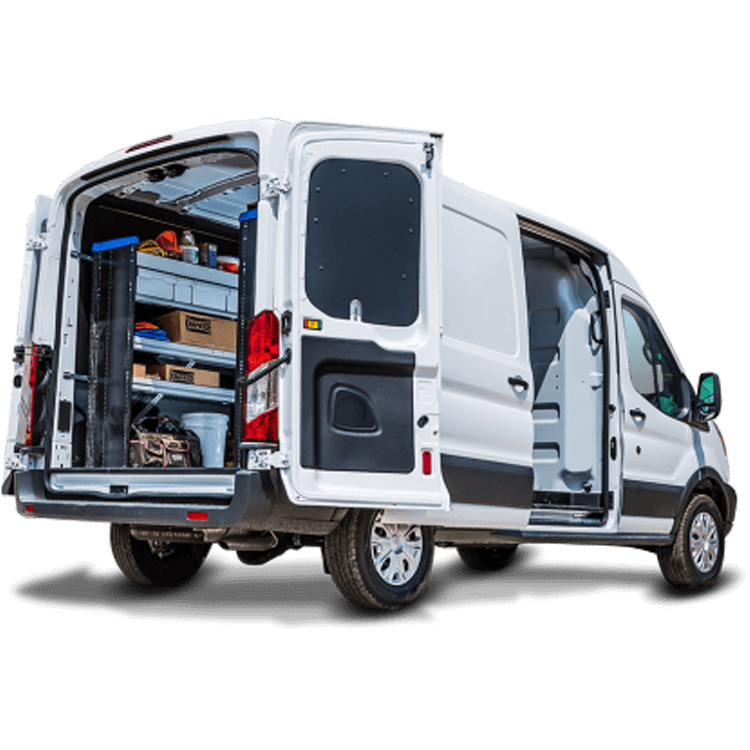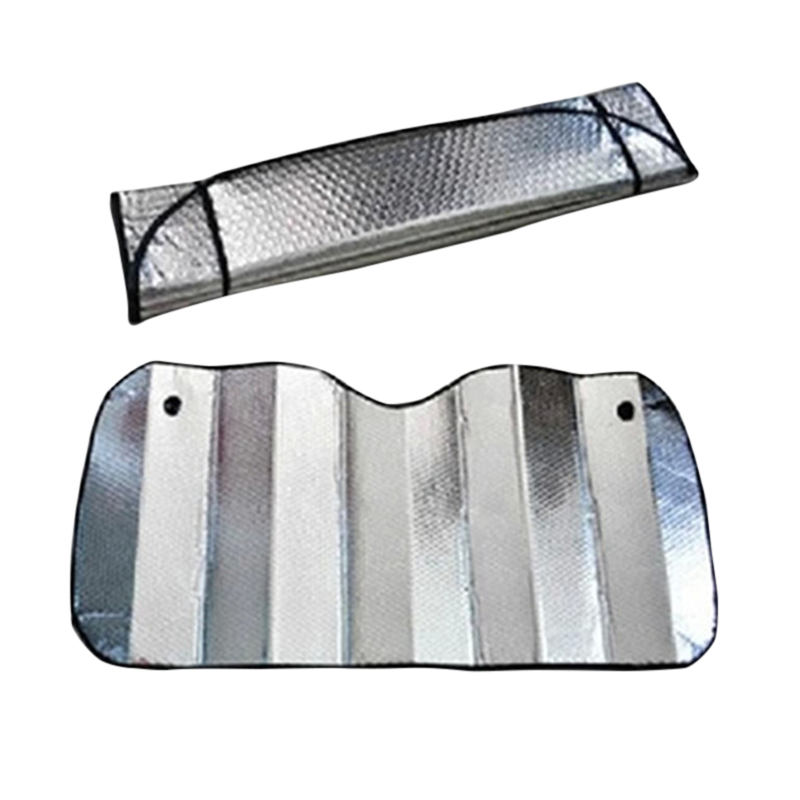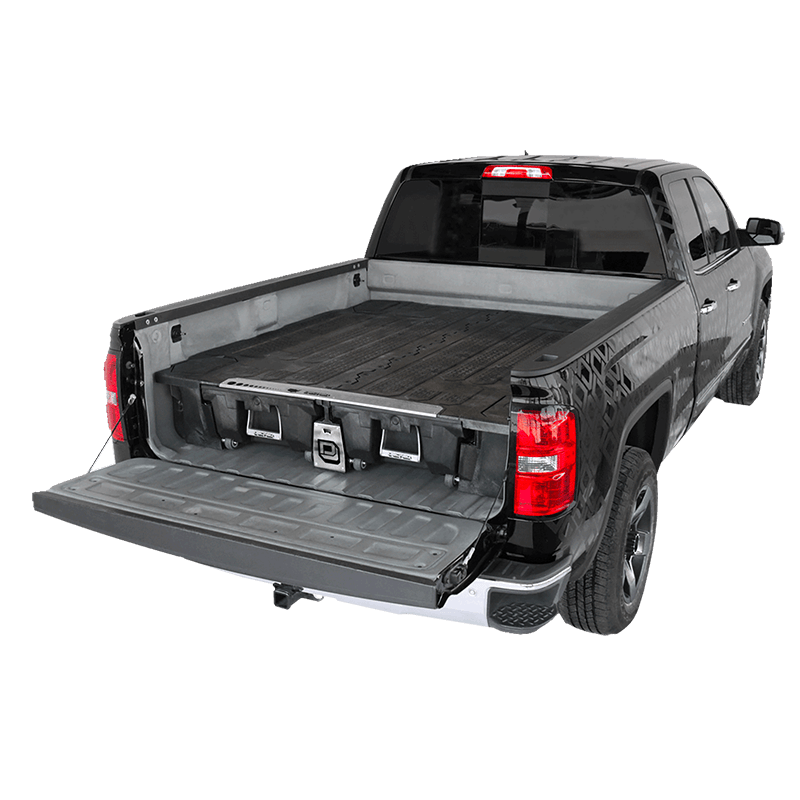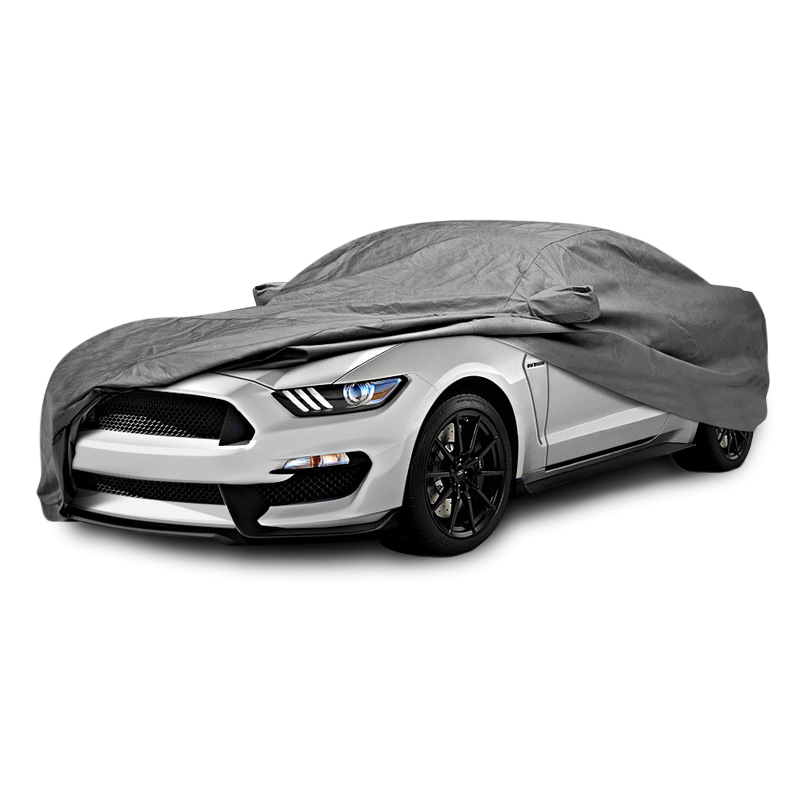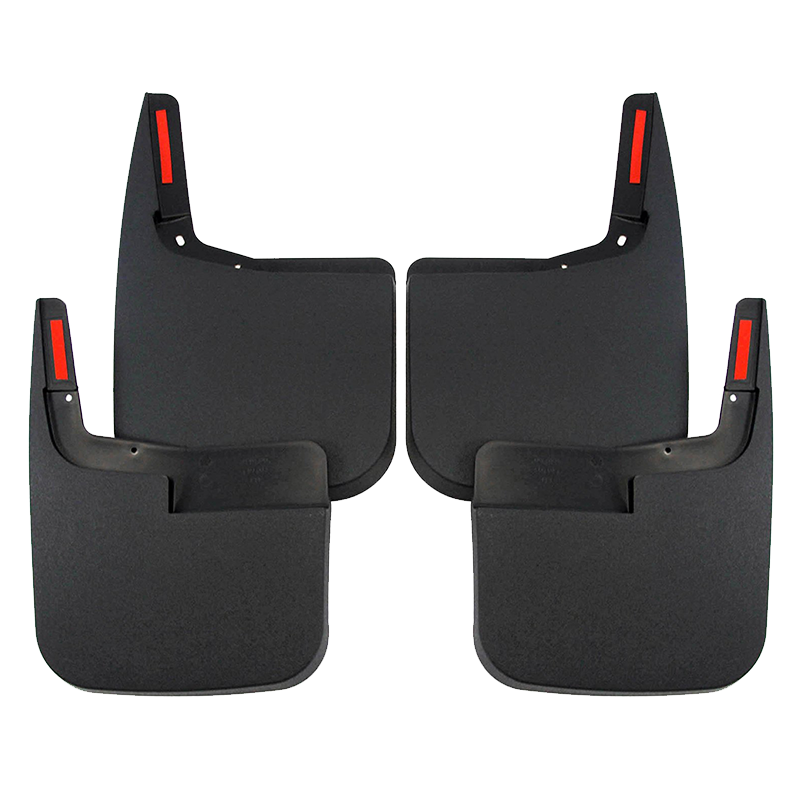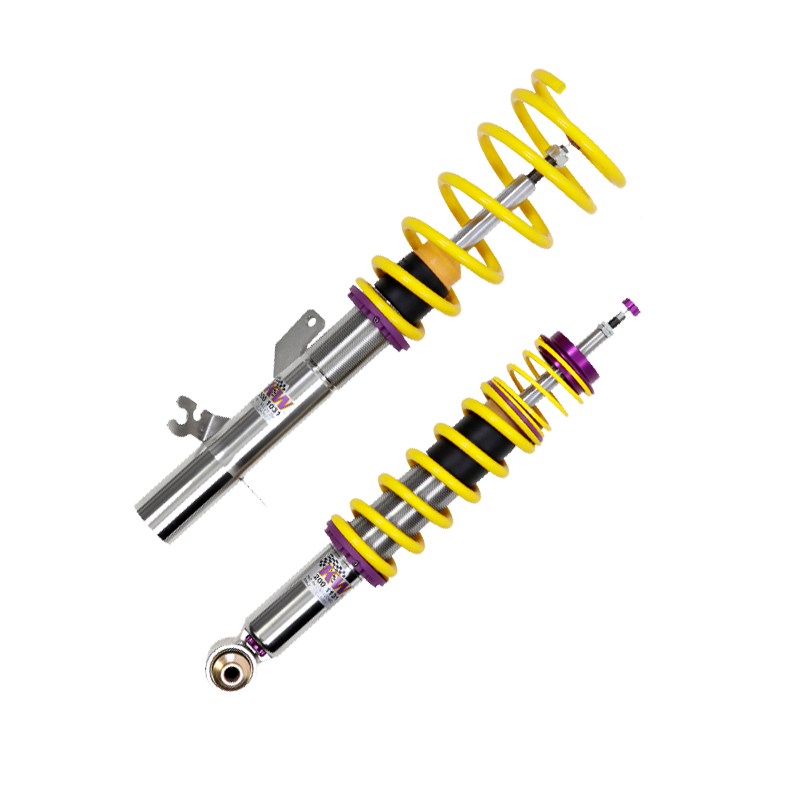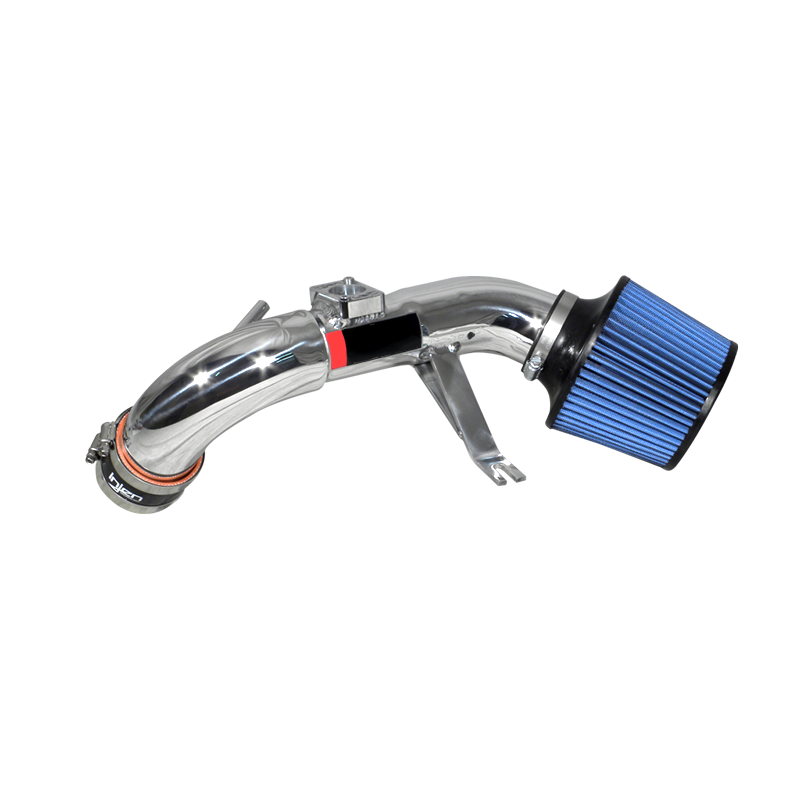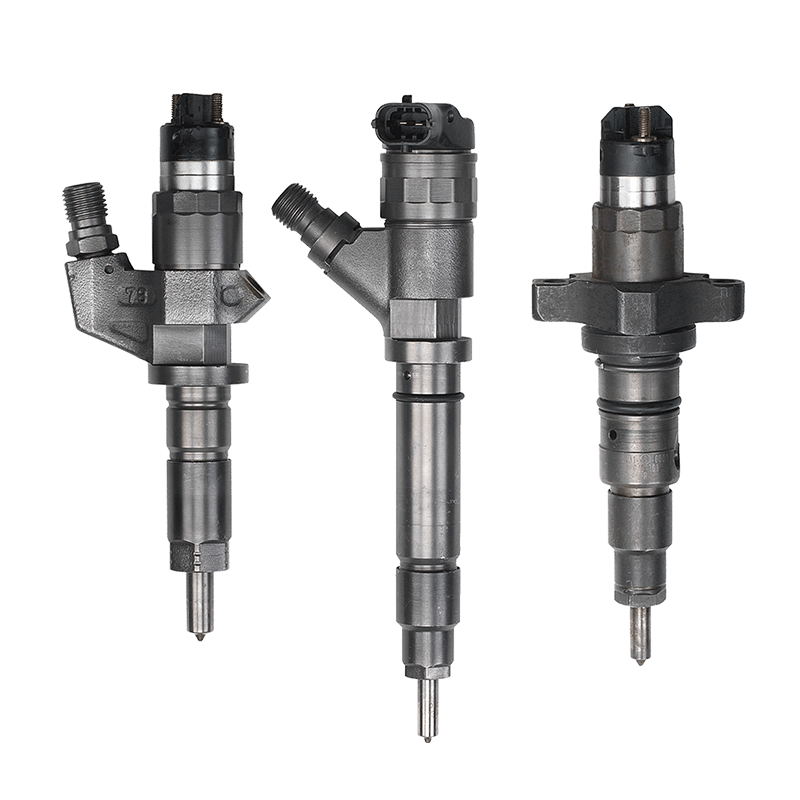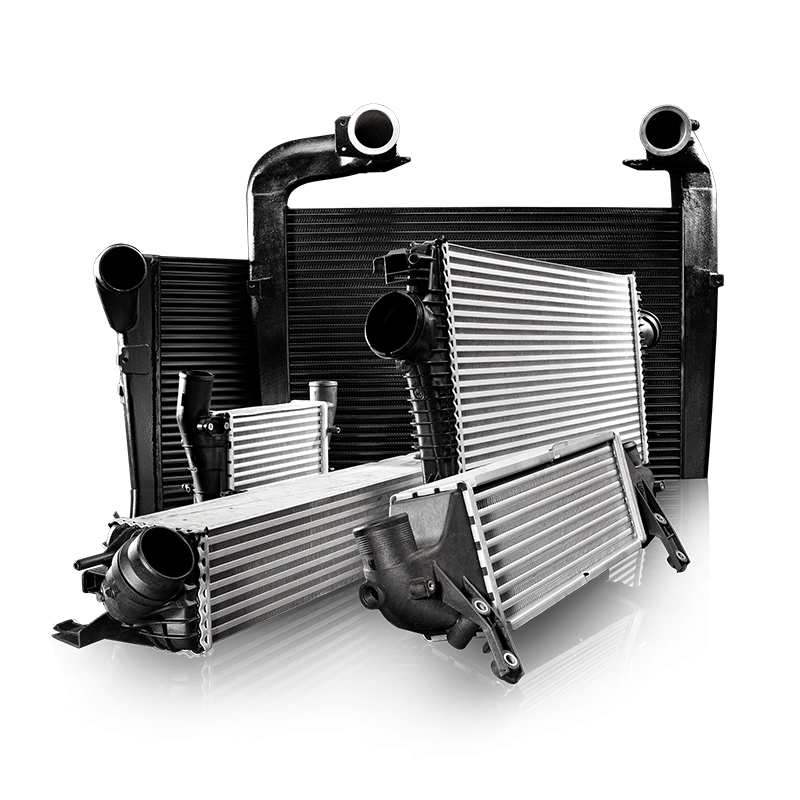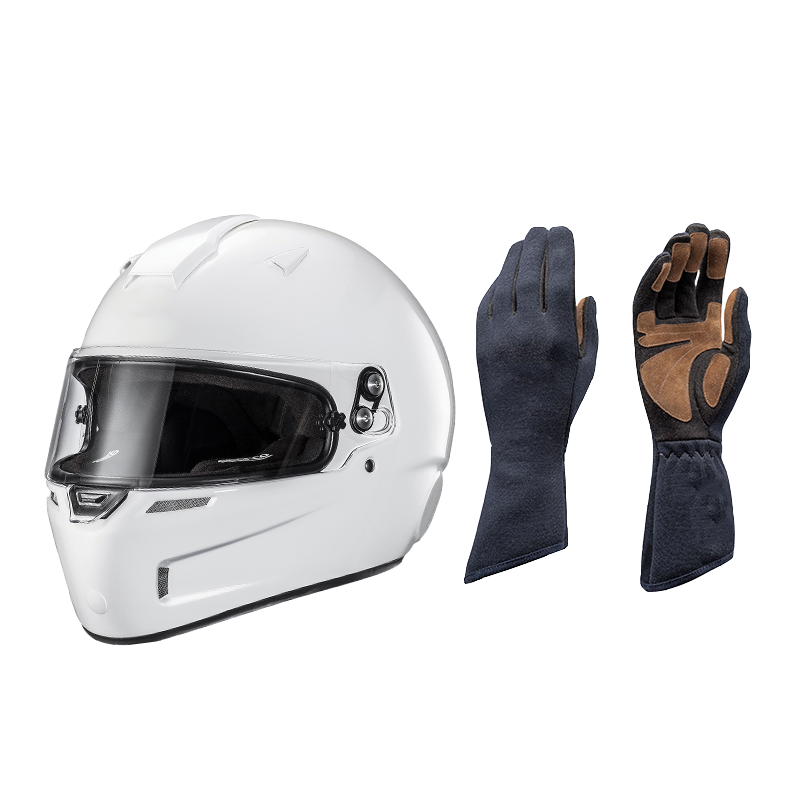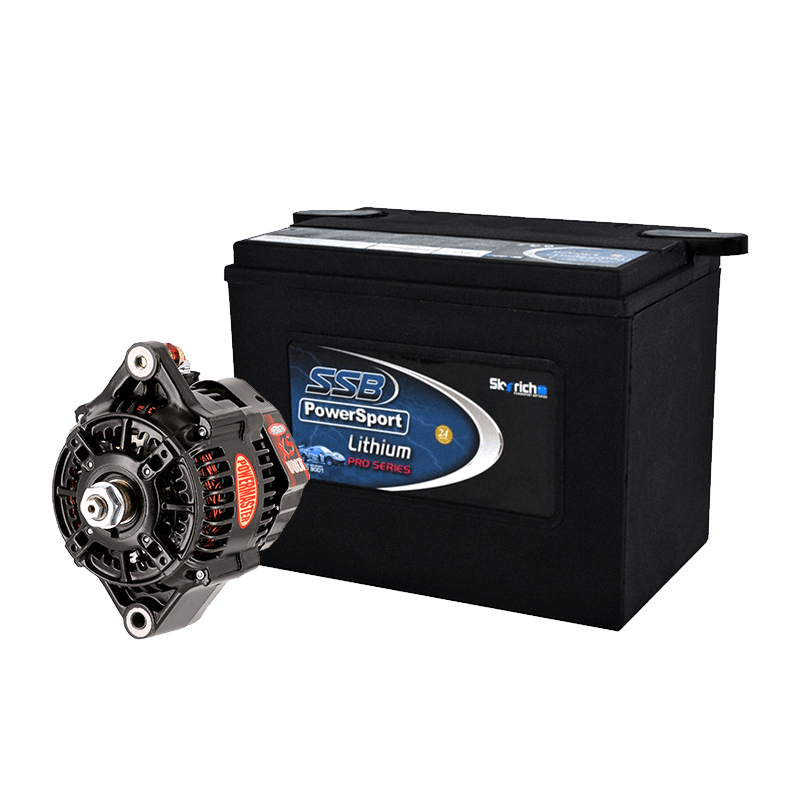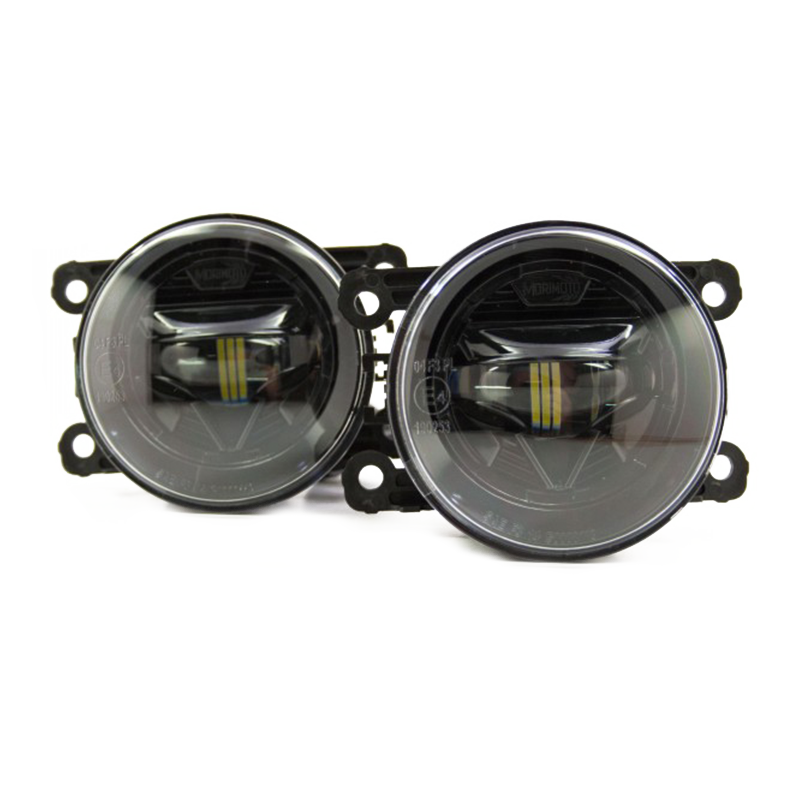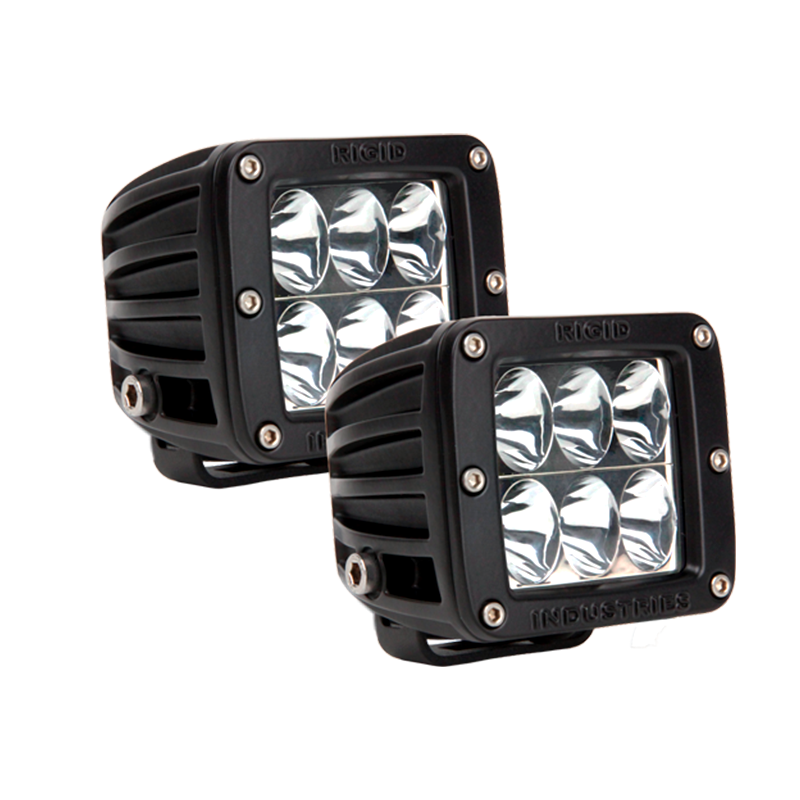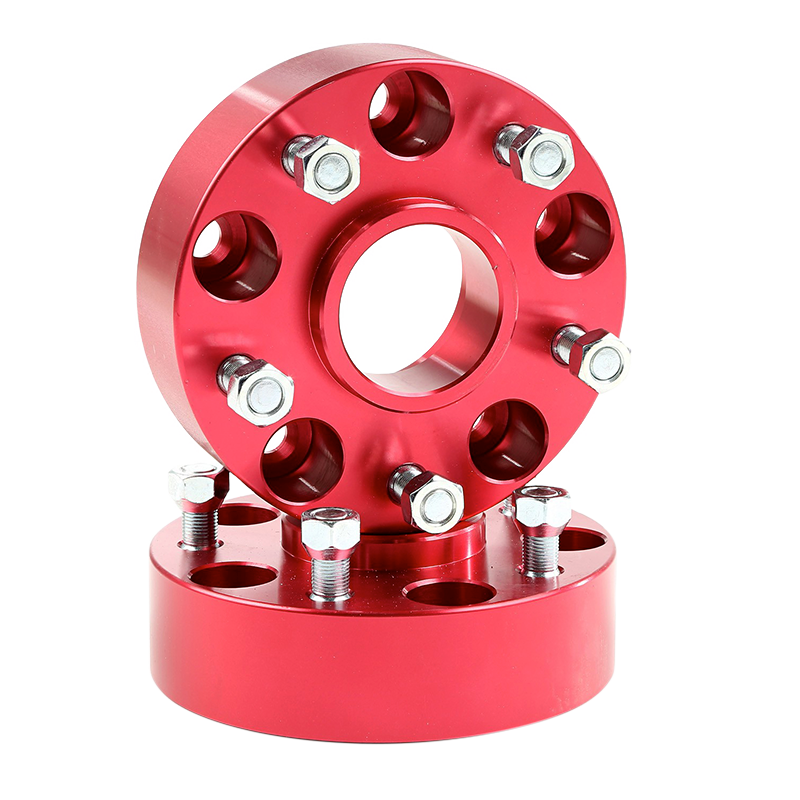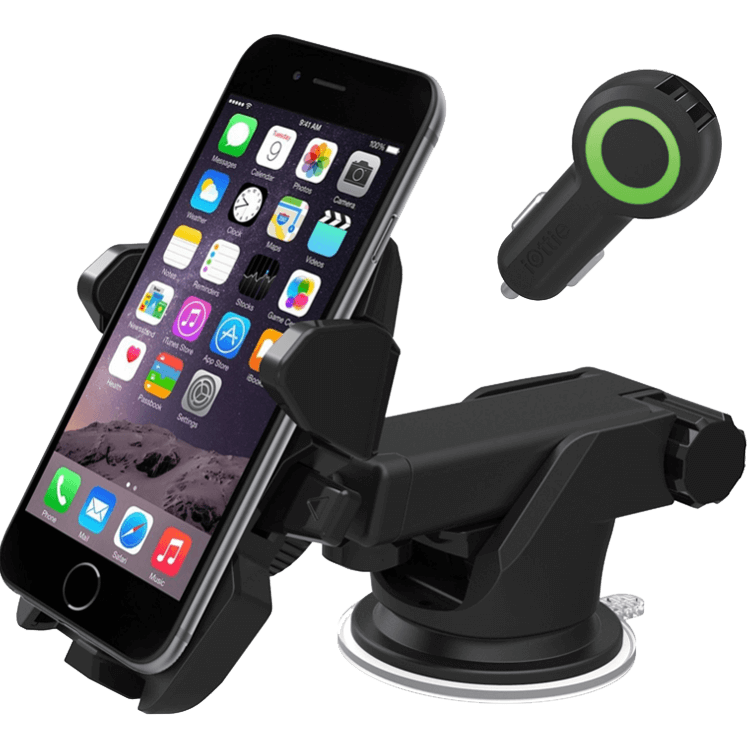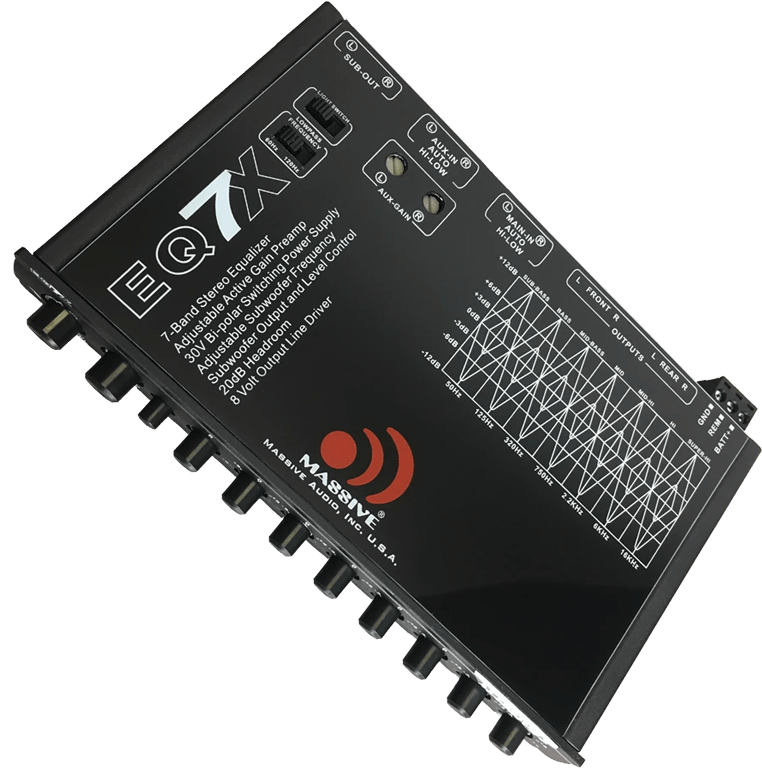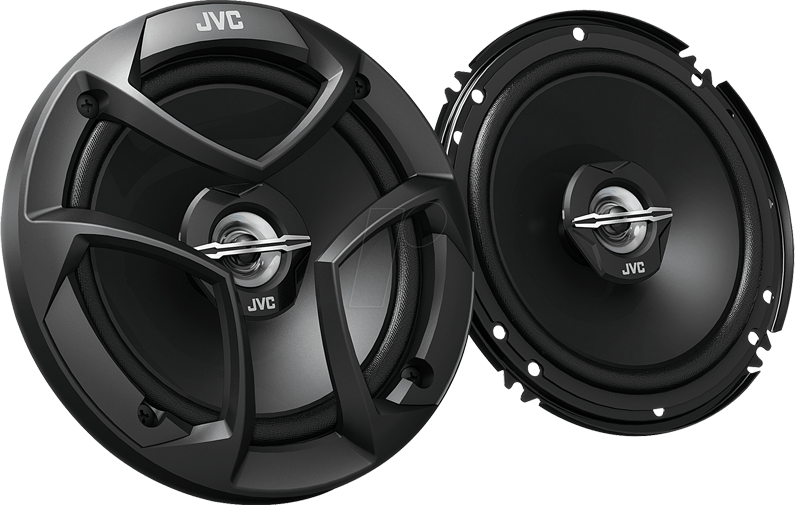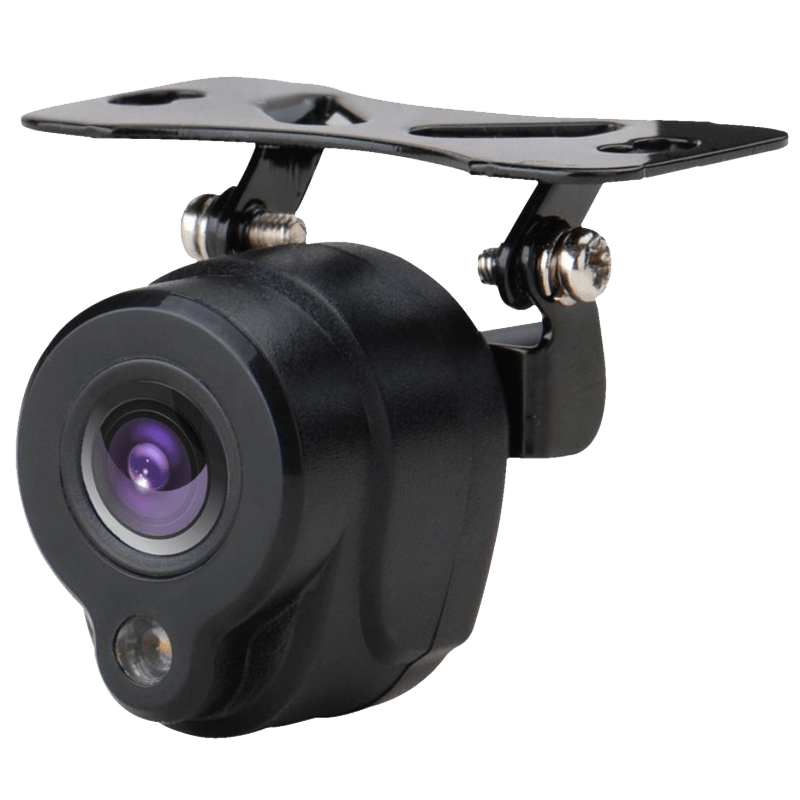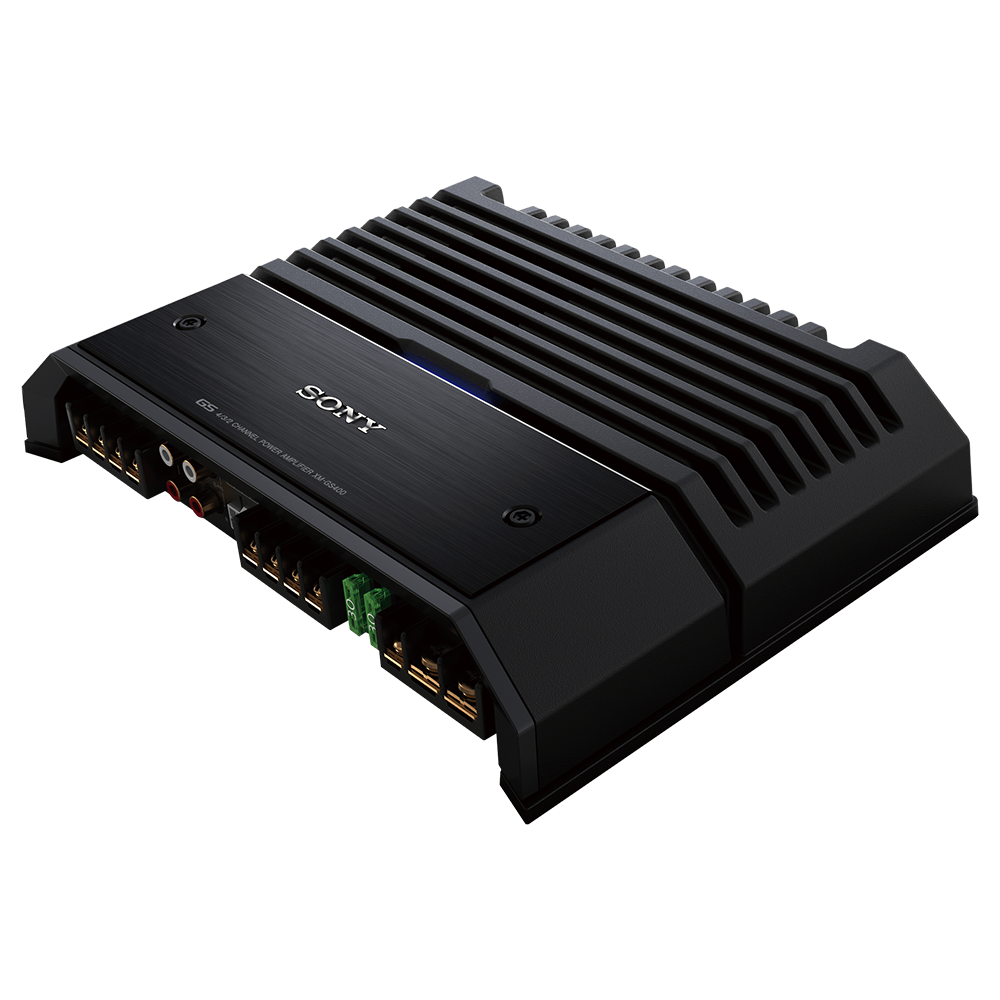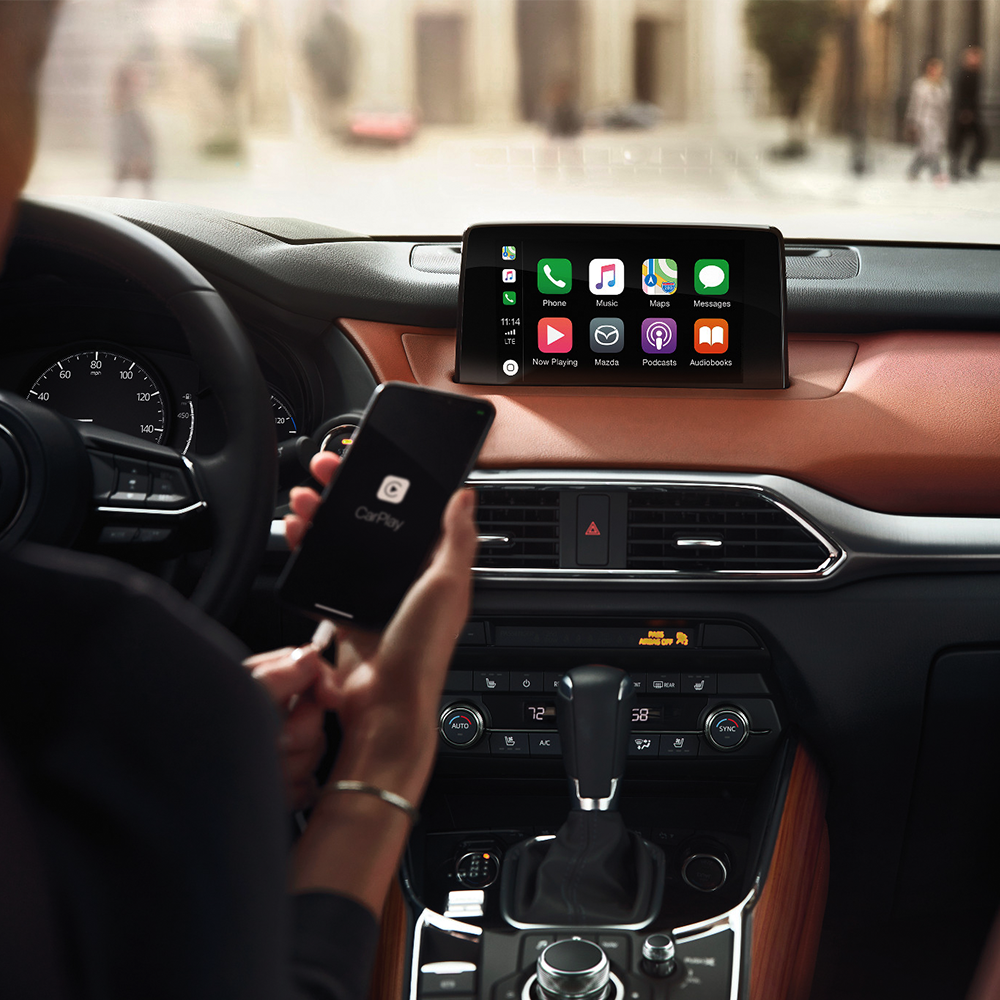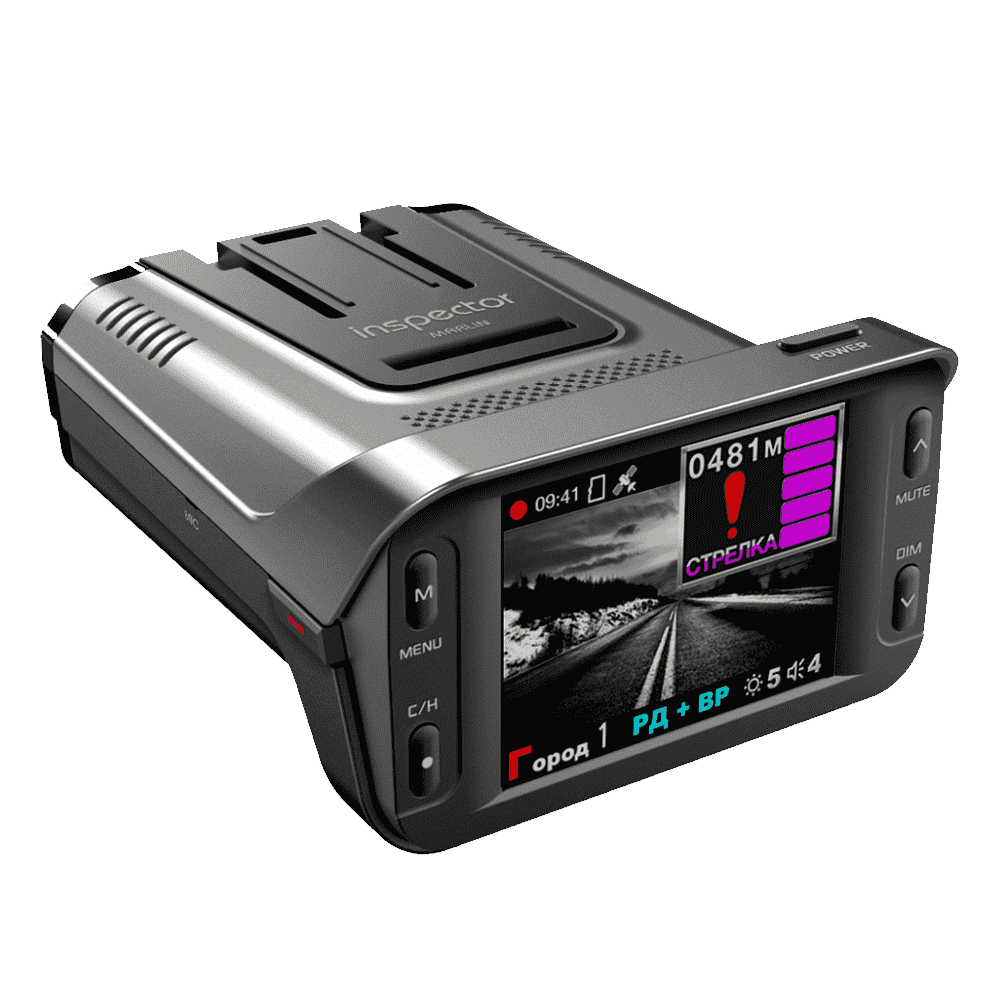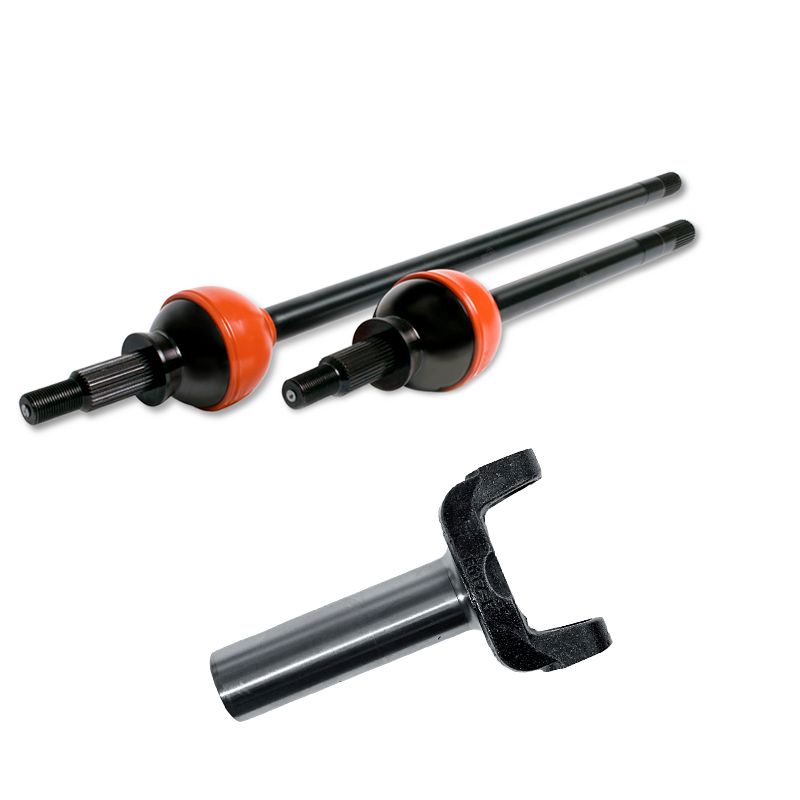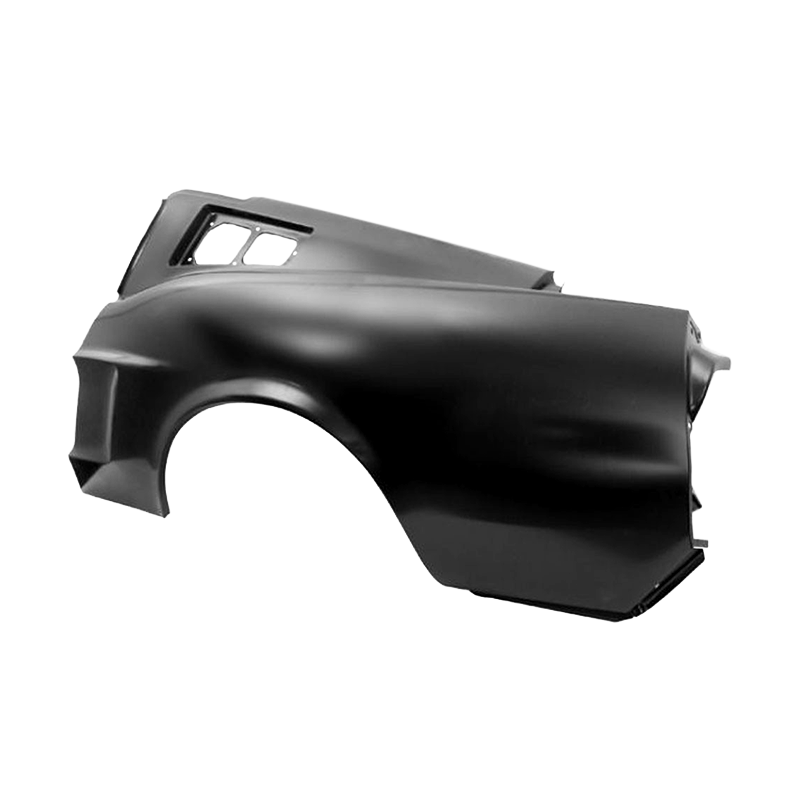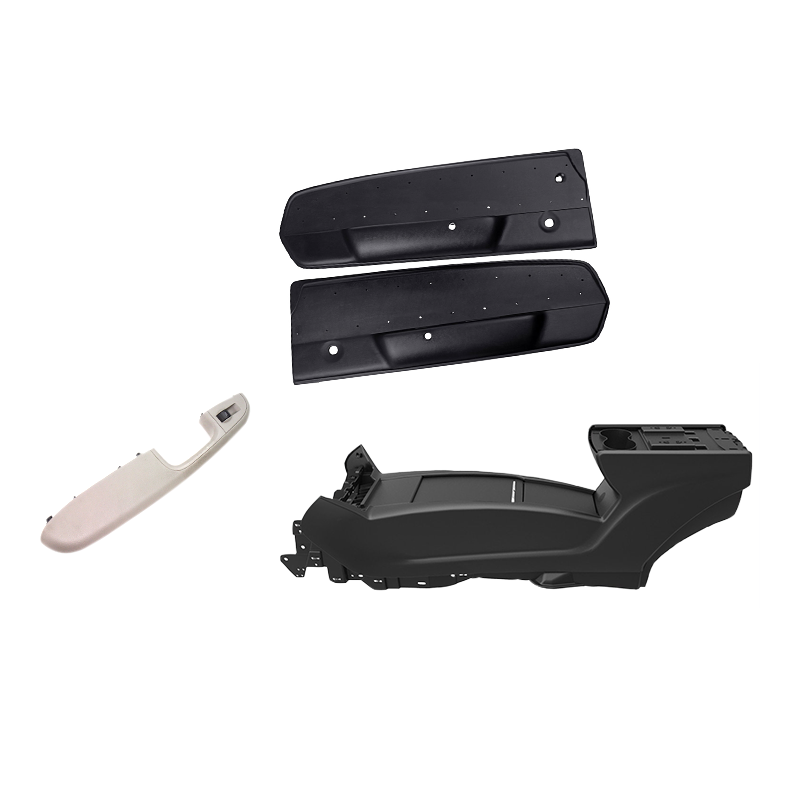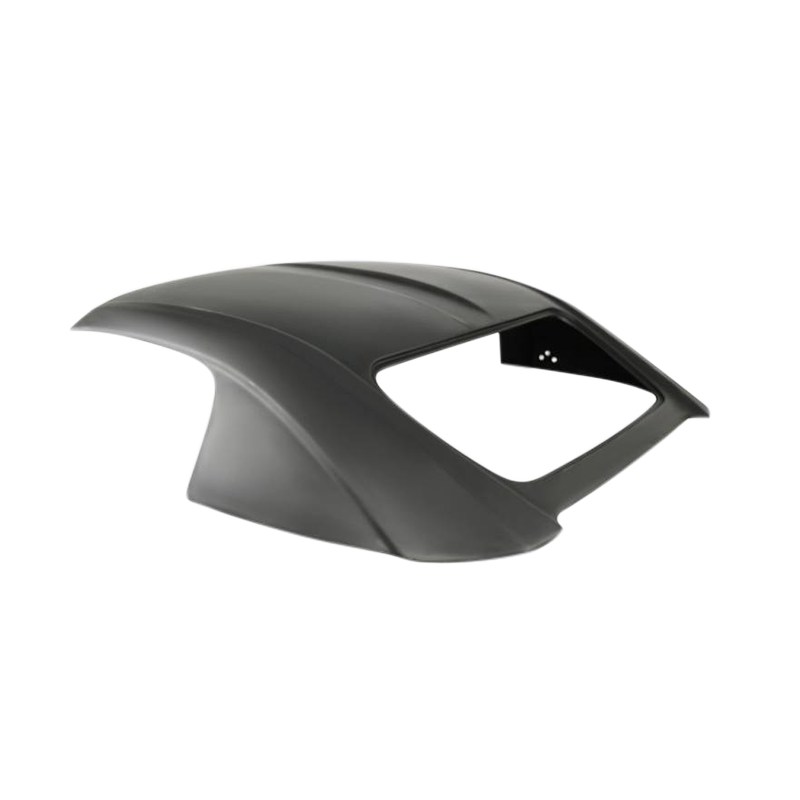Lincoln lists these advancements as “Lincoln firsts”, as most automakers have had rudimentary versions of these systems for several years. The Nautilus will be on sale in 2019 and boasts a compliment of driving assists, such as a blind spot information system and pre-collision monitor with pedestrian awareness.
Toyota is also debuting similar technologies in their cars as standard from the back half of 2018. The Toyota system can track and read road signs, relaying speed limits and other critical information to drivers via a HUD. Honda has similar technology.
Korean car builder, KIA are also launching their own versions of lane detection and lane keep assist and in the future, these will be tied into more advanced processes that monitor driver performance and drowsiness.
Developments in Self Driving Technology
A number of startups showcased their developments at the show. Amongst the presentations, three in particular really stood out.
First, Ohio based, GhostWave. Their goal is to revolutionize radar technology which is a crucial component for creating automated vehicles. Their products will be immune from inter radar and electronic device interference that have proven problematic already. They are also developing obstacle detecting radar technology that can prioritize between pedestrians or animals and a piece of trash.
Israeli specialists Innoviz Technologies are working on LiDAR tech. LIDAR, or Light Detection and Ranging use lasers to determine distances. It will form a core component of self-driving vehicles, as it allows the car to understand its current location, relative to surrounding objects. The company is seeking to deliver superior LIDAR equipment that is more affordable.
WayRay, with its Swiss headquarters, are devising new augmented reality technologies for automotive applications. Its system utilizes the windshield as a way to deliver holographic infotainment visuals. The business founder came up with the idea when he got into an accident following his GPS.







